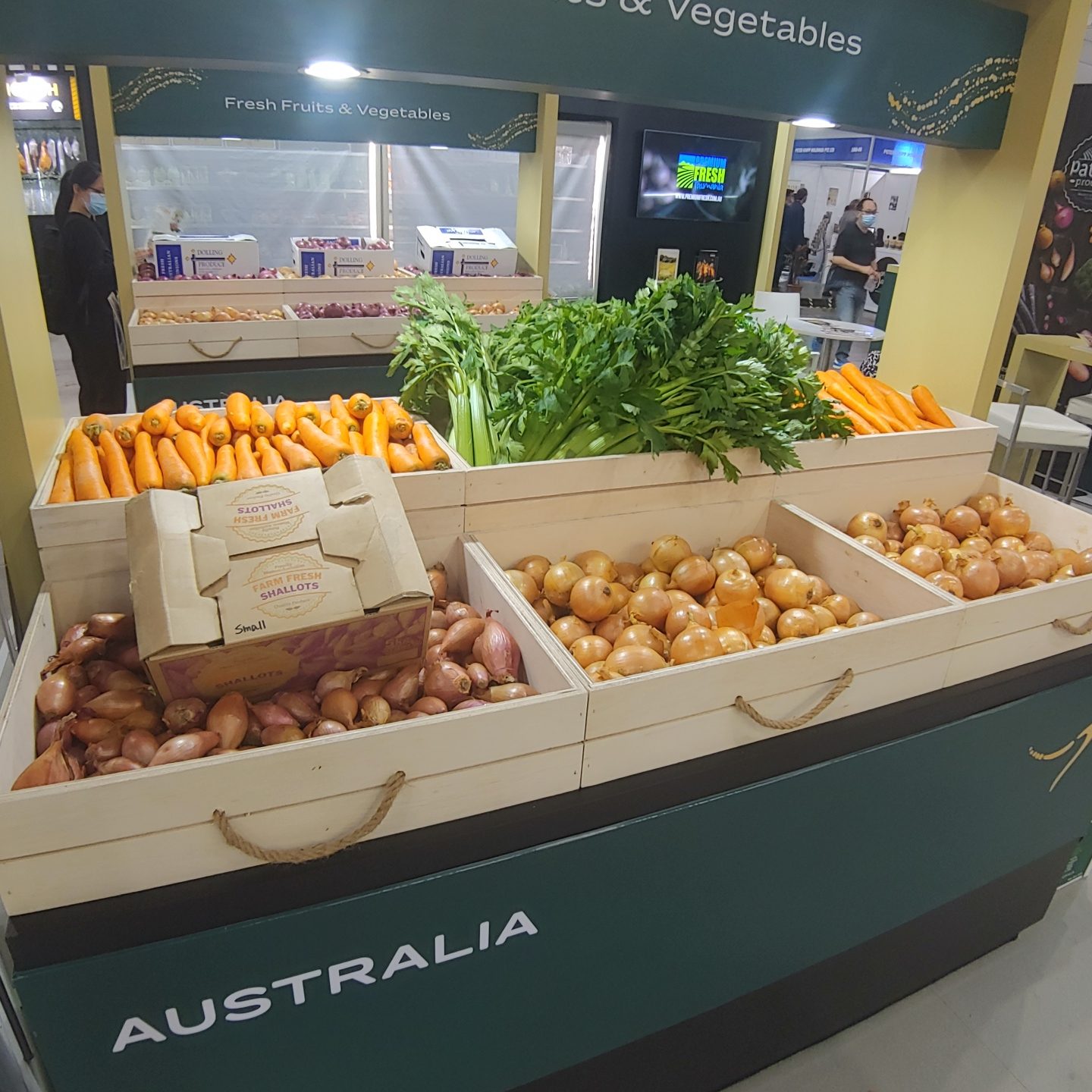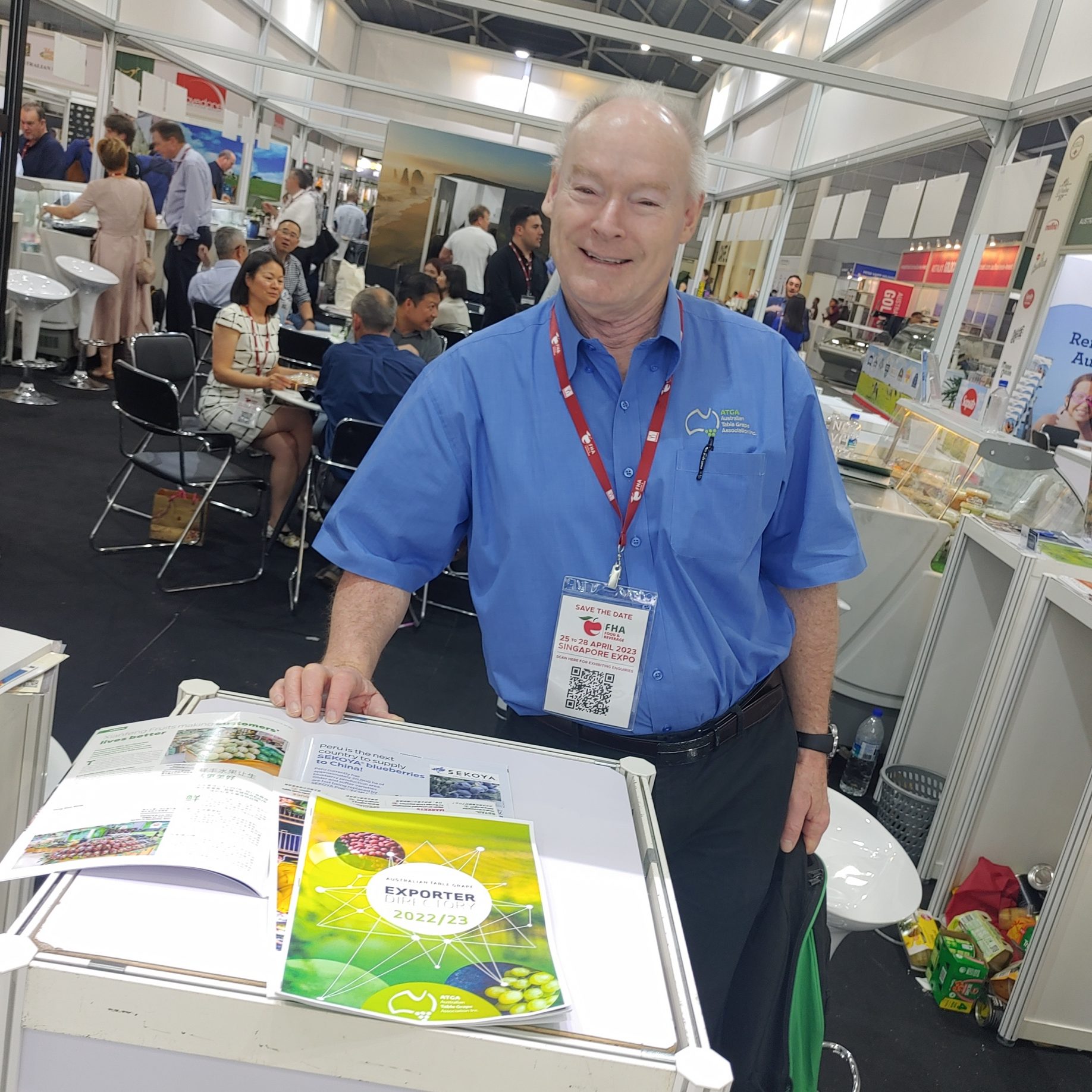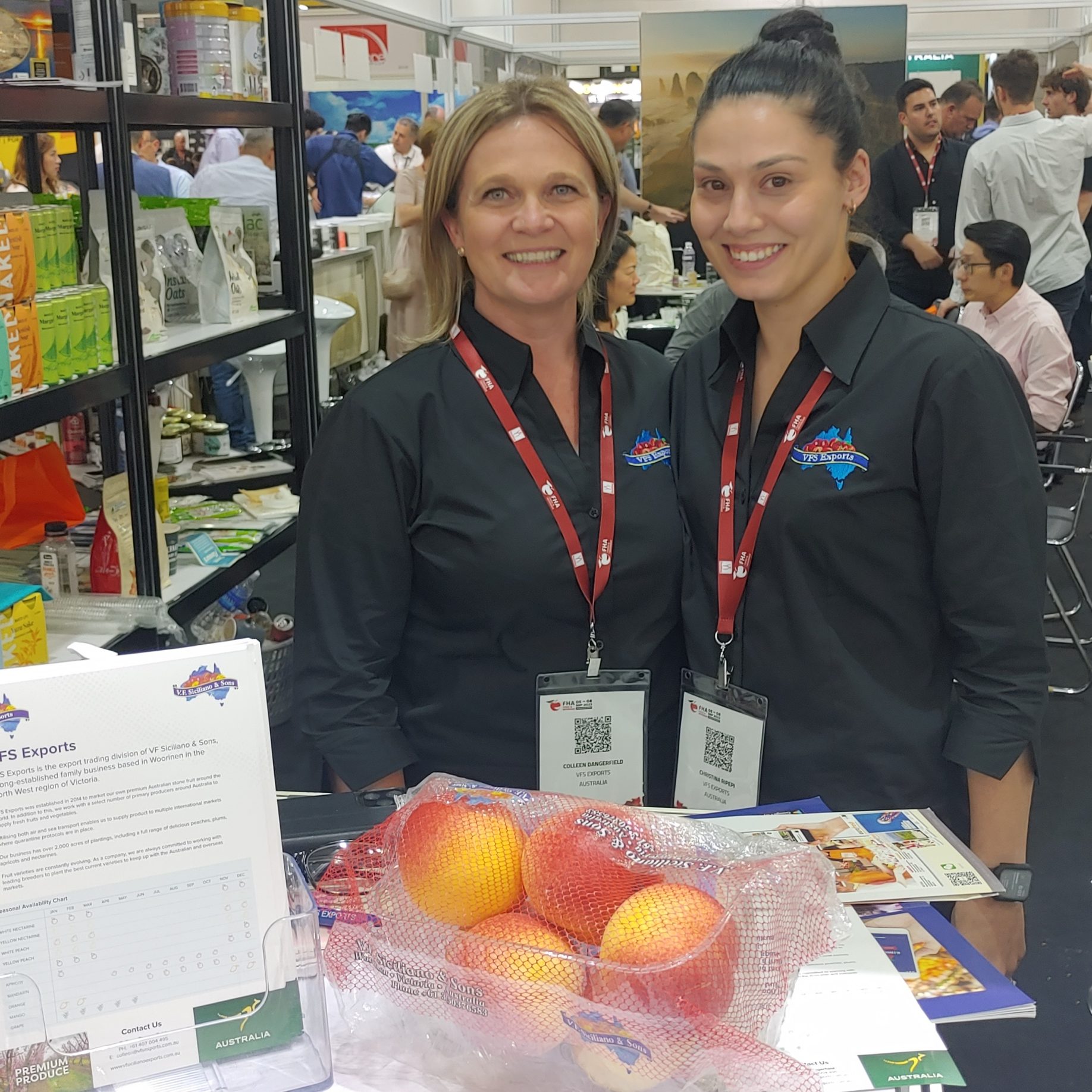Australian produce back to full export capacity
Australia’s fresh vegetable production volume was 3.8 million tons in 2021, worth 4.9 billion Australian dollars (about €3.3 billion). Exports were worth about A$250 million – about 6-7% of total production – with carrots accounting for one-third of the total. Asparagus is the category with the highest export rate (about 50%), while other products average about 5%. Potato exports totalled about 50,000 tons, with onion shipments coming to around 30,000 tons.
95% of exports under non-protocol conditions
The only market requiring all vegetable imports from Australia be fumigated is Japan, while the other Asian markets are served under non-protocol conditions. Singapore is a growing destination for Australian veggies, with other main export markets including the UAE, Malaysia, Hong Kong and Taiwan.
After a significant drop in production and exports in 2020-21 due to a combination of Covid-19 and the exceptionally wet conditions, production quality is now back to optimum. At the recent FHA Food & Beverages Singapore 2022 event, the leading Australian companies proved that they remain in fine shape and are back to business as usual.
VFS Exports supplies Australian summer fruit
The expanding company has more than 2,000 acres of stone fruit, grapes and citrus to supply markets like China, Singapore, Malaysia, Thailand, Canada and the Middle East. “With the Indian market now open to our Australian fruit, we hope to start supplying there next season,” said VFS Exports logistics coordinator Christina Ripepi. The company supplies all types of stone fruit varieties between November and March, as well as citrus and grapes during the rest of the year.
Australian Table Grape Association to enter Indian market
Due to the lockdowns, logistics problems and an exceptionally wet spring, Australian table grape exports in 2021/22 were reduced to nearly half of the usual volume, totalling about 110,000 tons, compared to the usual level of over 200,000 tons. China takes a third of all shipments, followed by Indonesia, Vietnam, South Korea, Japan, the Philippines and Thailand. “We are trying to improve our access to the US market, register new varieties in Japan and start entering the Indian market, where we have just reached a protocol agreement,” said Jeff Scott, CEO of the Australian Table Grape Association.






